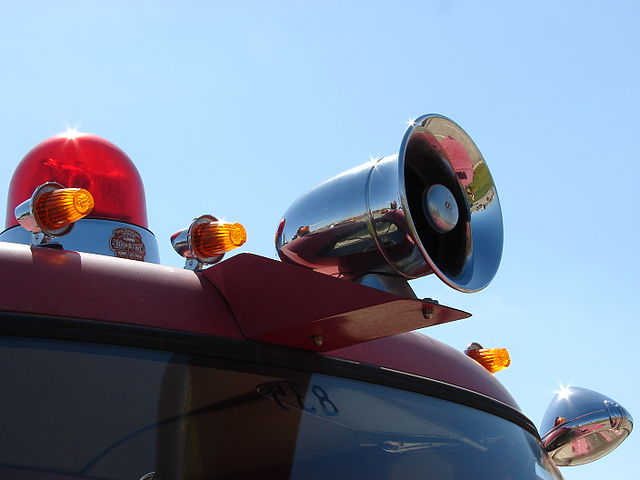July 9, 2021: This story has been updated with comments from the RCMP in Manitoba.
Two United Church communities are reeling following separate church fires in the span of less than a month.
You may unsubscribe from any of our newsletters at any time.
Rev. Murray Pruden, the executive minister with Indigenous Ministries & Justice, shared the news via a Facebook post on Monday.
RCMP in Manitoba say the fire at Angus Bonner Memorial United in South Indian Lake, Man. was reported at 2 a.m. on July 5. The area is located roughly 316 kilometres northwest of Thompson, Man.
No one was hurt in the fire but officers arrived to the abandoned church fully ablaze, Sgt. Paul Manaigre, a media relations officer with the Manitoba division told Broadview.
“My understanding is that it was completely destroyed. It was a complete loss,” said Manaigre. RCMP are treating the fire as arson.
A First Nation safety officer told RCMP that he saw three people in the area of church at the time, though the investigation is still ongoing.
“For the RCMP in Manitoba, I believe this is only our third complaint of damage done to a church property so I’m hoping it’s not a developing trend,” said Manaigre.
The damage follows another fire at Samson United in Maskwacis, Alta., located 221 kilometres north of Calgary, according to Pruden. He said he learned about the June 19 fire after membership notified him by email. He said the church is still waiting on the final report to see what’s salvageable, though it suffered interior damage to the main floor and water damage to the basement that was just renovated in 2020.
The incidents have left some members of the United Church worried about what’s to come next.
“It’s putting a lot of people on edge from staff to community membership,” said Pruden. “My weekends have been monitoring my emails and phone calls because we’re getting messages of threats from within these communities.”
More on Broadview:
- Burning churches on First Nations land compound residential school survivors’ pain: chief
- United Church’s 1st Indigenous moderator on why UCC’s apologies fell short
- 4 questions Christians need to ask if we’re to make good on reconciliation
The fires are part of a string of church fires and acts of vandalism across Canada in the last weeks.
Sacred Heart Mission Church on Penticton Indian Band land and nearby St. Gregory Mission Church on Osoyoos Indian Band land in B.C. both burned down on June 21.
Five days later, fires also destroyed St. Ann’s Catholic Church on Hedley Native Reserve of the Upper Similkameen Indian Band and Our Lady of Lourdes Church.
St. Jean Baptiste Parish in Morinville, located 40 kilometres north of Edmonton was also destroyed by a fire on July 30. Meanwhile, in Calgary, the House of Prayer Alliance Church was set ablaze in what police are calling “an intentional act,” according to the CBC.
While investigators have yet to announce possible motives behind the fires, they all coincide as Canada comes to terms with the discovery of hundreds of human remains found on the grounds of former residential schools.
Since June, First Nations communities have uncovered 215 unmarked graves in Kamloops, B.C.; 751 in the area belonging to the Marieval Indian Residential School in Saskatchewan; and 182 close to the property where St. Eugene’s Mission Residential School stood in Cranbrook, B.C.
“It’s putting a lot of people on edge from staff to community membership.”
All three were formerly run by the Catholic Church, which has yet to formally apologize for its role in the residential school system. Anglican, United and Presbyterian churches also ran schools in Canada but have since apologized to Indigenous communities for the harm they’ve caused.
But for Pruden, that nuance gets lost with these acts of destruction.
“In light of the events there was an unfortunate thought that this could happen to any United church,” said Pruden. “For someone who’s not part of the Christian faith, they don’t see denomination. When they see United Church, when they see Anglican, Presbyterian or Roman Catholic, they don’t see those titles. They see ‘church.'”
He acknowledges the damage caused by Christian colonization but wants to remind people that despite their harmful history, churches today serve communities in different ways.
“They might not be a constant place where a lot of people go on a weekly basis, but for some communities, that church is there. The church has uses other than just a place of worship. It can be used to help support community needs.”
***
Brian Trinh is Broadview’s assistant digital editor.














